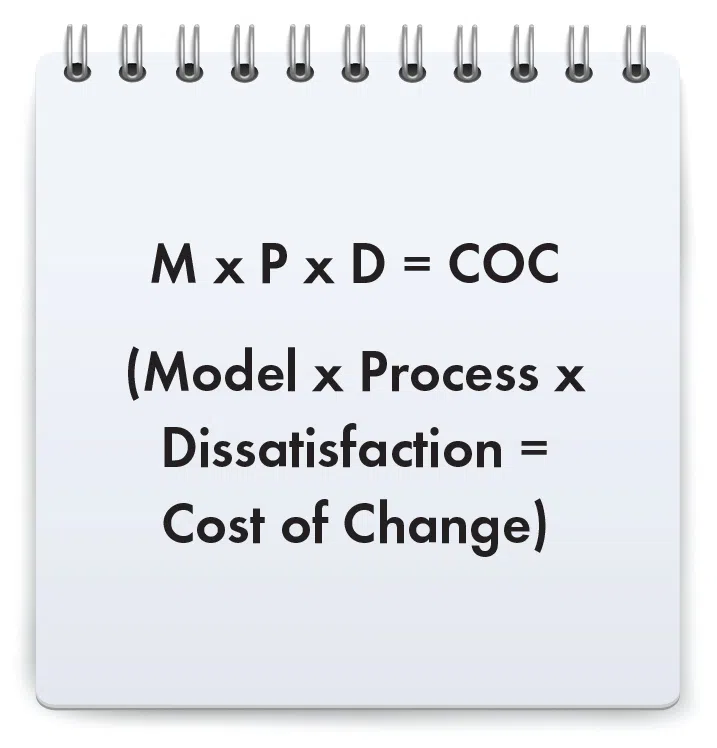There’s an old saying: “The only constant is change.” In today’s fast-paced world, the expression certainly seems to be true. Most everything changes and, often in a short period of time, changes again.
Wouldn’t it be great if there were a proven method of managing change?
Well, it may surprise you to know that there is a well-tested and proven method and I’m going to share it with you.
Many years ago, when I would leave town and attend a conference of contractors, shortly after returning to my company I would often announce that we were going to make a change. Eventually, it got to when I went away some of my coworkers would say “The boss is out of town, I wonder what idea he will come back with this time?”
Leaving town for conferences was not the only way I was prompted to introduce change.
I also traveled throughout the country visiting other contractors and, being an ardent reader, I always read all of the HVACR trade magazines.
Here are two questions for you:
- Do most people quickly embrace or accept change or do they seem to inherently resist change? I don’t know the numbers of embrace/accept versus resist, but I’m convinced that more people resist rather than embrace/accept.
- If asked to do so, how would you describe change? When I ask this same question to a room of people, many of them when describing change find themselves using the word change when attempting to describe it.
My definition of the word change is simply this: Moving from a present state of affairs to a future state of affairs.
The Formula
There is a well proven formula for managing change and when I’ve applied the formula, change always resulted with little trouble. If I forget to use the formula (which is infrequent) I always wish I had used it.
COC = M x P x D
It means the Cost of Change equals Model times Process times Dissatisfaction.
The COC side of the formula could mean many items, including lower coworker morale or even coworker turnover. If we manage the M x P x D side of the formula properly, we minimize or even eliminate many of the potential costs.
Here’s an example of how the formula can be used. If I am in a large classroom of HVACR contractors, teaching them how to perform service calls on a new flat rate system rather than how they are now doing it on an older time and material method, this is what I do:
First, I draw a horizontal line across a large whiteboard and just above the left end of the line I write the phrase “PRESENT, T & M.”
Just above the right end of the line I write the phrase “FUTURE, Flat Rate.”
Below the horizontal line, on the left side, I write the word Dissatisfaction, below the horizontal line on the right end I write the word Model and below the horizontal line on the middle I write the word Process.
Next, and this is very important, I carefully describe the Model … what it will look like when our company is fully operating its service department on a flat rate system.
I’ve determined that one of the major sources of coworker’s resistance to change is us not carefully describing what things will look like when the change is fully implemented. Without the explanation, to us it may be a change, to the coworkers it may be a mystery.
Next, I carefully describe the Process … what needs to happen and who does what in order to move from T & M Service to Flat Rate Service.
And, here is how you can gain coworker buy-in on it: Ask them for their advice and any ideas they may have in accomplishing the process.
You may now be wondering this: “Ron, how about the Dissatisfaction portion of the Managing Change formula?” If I have done a good job of fully describing both the Model and the Process the Dissatisfaction takes care of itself. After getting a change fully in place and working I’ve actually had coworkers approach me and ask the question “Why didn’t we do this before?” This means that they have embraced the change.
Good luck now on your future managing of change!




.webp)